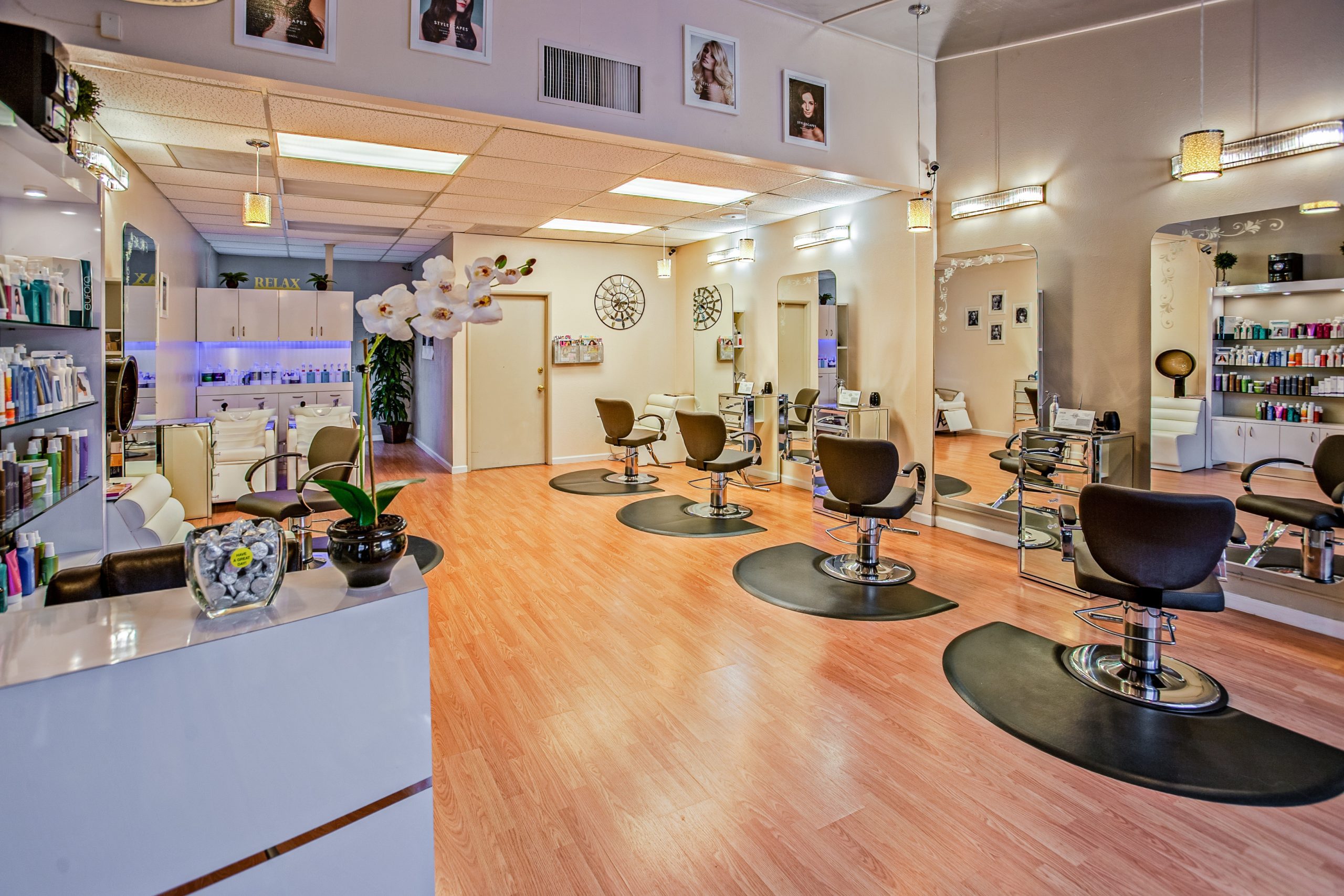Table of Contents
Last Updated on October 15, 2022
Customers enjoy visiting the salon so they can sit back and relax while professionals take care of their nails and style their hair. Many see this as a time to unwind and treat themselves to a little luxury. However, clients and employees can acquire infections and viruses from dirty tools, unwashed hands, and contaminated equipment and work surfaces. While these can be harmful and difficult to treat, they can also be avoided with proper workplace and hand hygiene practices.
Hygiene in Nail Salons
There are approximately 375,000 nail technicians in the United States, 96% of which are female. When employees and clients sit across from each other, one of them is at risk for contact dermatitis, infections (like MRSA, M. fortuitum, and the fungal variety), viruses, Hepatitis B, and even HIV. However, this should not scare customers away from your facilities, as long as your professionals maintain good hand hygiene in addition to following the Occupational Safety and Health Administration (OSHA) recommendations.
About 3.6 million cases of open wounds are reported in the US annually. Per OSHA and depending on which state salon employees work in, serving anyone with cuts, open wounds, blisters, or skin infections on their hands and/or feet is a health code violation. Those who have open cuts are at a much higher risk of contracting and spreading infections, as germs can get into broken skin more easily. It may seem unfortunate to turn a customer away, but it may be necessary in order to protect your staff and business.
Salon owners should advise clients to always wash their hands with soap and water before meeting with their technicians, as plenty of sickness-inducing bacteria can live underneath nails, such as staphylococcus aureus, fungus, and yeast. Approximately 75% of nail salons in the US do not follow proper disinfection protocols. So, make sure your facility is prepared if your clients ask about the hygiene practices before sitting down to an appointment. Patrons have the right to ask a technician to wear gloves, as only 17% wear them as often as they should.
Good Hygiene Practices for Nail Salons
To ensure safer, more hygienic conditions for everyone, and to significantly decrease the chances of anything detrimental spreading, technicians must always:
- Wear gloves
- Properly bandage open wounds
- Be vaccinated for Hepatitis B
- Wash hands and change gloves before and after each appointment
- Sanitize surfaces, like the nail table, chairs, and other common spaces after each visit
Hygiene in Hair Salons
Viruses and infections can also be caught in hair salons. Hairdressers hands and tools are in clients hair for every wash, cut, and styling. Some of the tools they constantly use include scissors, razors, and clippers. Direct contact with skin can be made if the customer is receiving a very short haircut or a facial waxing, so there is always a chance of someone getting a nick or cut, increasing the risk of cross-contamination.
Good Hygiene Practices for Hair Salons
To minimize the hazard, hand hygiene and disinfection of tools are important. Aside from consistently cleaning equipment, stylists should also wash hands before and after:
- Tending to a patron
- Procedures
- Touching a client or surroundings
- Exposure to bodily substance
- After removal of gloves
- After receiving payments and handling cash
Even though the risk of infection is there, businesses can minimize the spread of bacteria by following these tips to keep their patrons and staff at ease and safe.
For more advice and to explore a range of hygiene options for your business, speak to the Citron Hygiene team today.
Related posts:
- Hygiene Tips For Your Business: Transportation
- Hygiene Tips for Your Business: Photography Studios
- Hygiene Tips for Your Business: Restaurants
- Hygiene Tips for Your Business: Supermarkets
- Hygiene Tips for Your Business: Medical Offices
- Hygiene Tips for Your Business: Retail
- Hygiene Tips for Your Business: Banks and Credit Unions
- Hygiene Tips for Your Business: Health and Country Clubs
